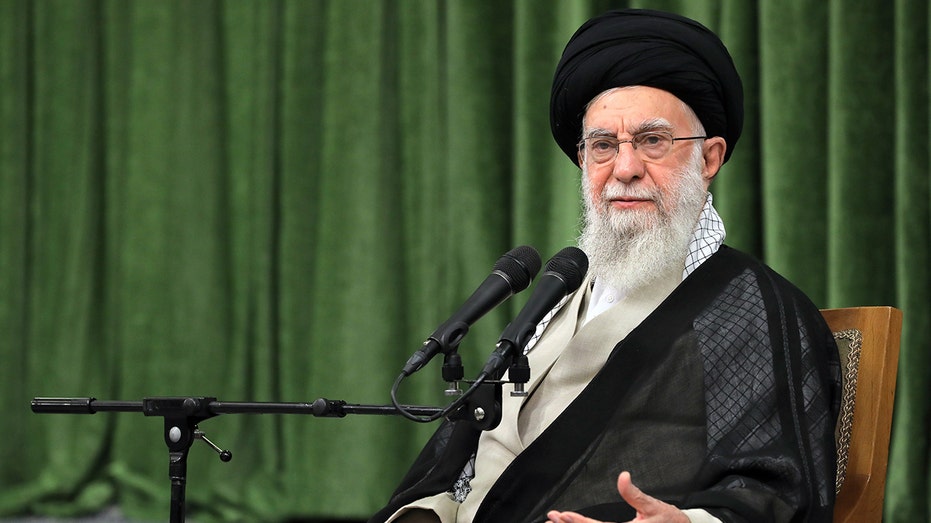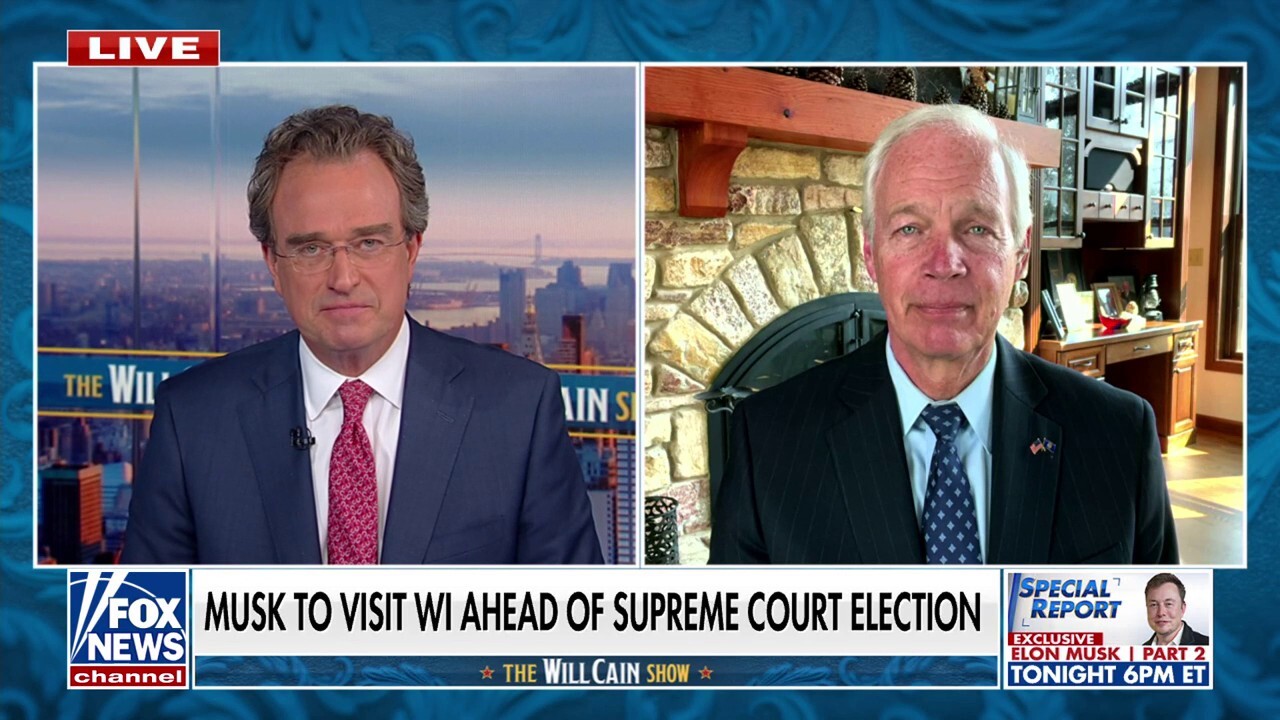
Experts from United Against Nuclear Iran weigh Iran’s options in the wake of Israel’s stunning move to eliminate the leader of Hezbollah, Iran’s key anti-Israel proxy. Tehran’s choices are all fraught with peril.
As the death of Hezbollah secretary-general Hassan Nasrallah is confirmed, the immediate question is not whether Iran will respond, but how.
Hezbollah is a creation of the Islamic Republic, built on decades of effort, and billions of dollars of support. Formed by the Islamic Revolutionary Guard Corps (IRGC) in 1982, Hezbollah remains the regime’s primary proxy.
ISRAELI MILITARY SAYS HEZBOLLAH LEADER HASSAN NASRALLAH KILLED IN BEIRUT STRIKE
The relationship between Iran’s supreme leader, Ayatollah Ali Khamenei, and Hezbollah’s secretary-general, Hassan Nasrallah, was almost familial – akin to that of father and son. But Nasrallah’s recent missteps, including intelligence failures and the assassinations of senior commanders, had left Khamenei to manage the fallout. His death now compounds that.
Iran’s leadership cannot simply sit back while Hezbollah endures these levels of humiliation and harm. To do so would not only result in the weakening or loss of its most important proxy, but could signal the start of the unraveling of its entire regional strategy of eradicating the state of Israel, empowering Islamist groups, and expelling U.S. forces from the Middle East.
Given that this unraveling cannot be allowed, Khamenei and his regime have three options to consider.
First, provide logistical advisory and propaganda support, as in 2006, the last time there was a direct war between Hezbollah and Israel. Ismail Qaani, the commander of the IRGC’s Quds Force – specialists in unconventional warfare and military intelligence – and his team, would be dispatched to what is now left of Hezbollah’s underground war rooms to command and control the Iranian proxy’s militants, just as Qaani’s predecessor, the late Qassem Soleimani, did almost two decades ago. This time, Qaani would also coordinate proxy attacks against Israel from Iraq, Syria, and Yemen, although unlike in 2006, it is doubtful that it will change the mindset of a post-October 7 Israeli government whose actions in recent weeks have hit Hezbollah hard.
The second option is to escalate the conflict via its proxies to set the region on fire. Based on the idea of escalating to de-escalate, this means that the IRGC and its proxies will target the interests of the U.S., Europe, and Arab states in the Middle East in the hope of triggering external pressure on Israeli Prime Minister Benjamin Netanyahu to back down. Targets would include oil refineries, commercial shipping, and Western military positions across the region.
Beyond the Middle East, the IRGC would double down on its attempts to wage a campaign of terror against the international Jewish community. They did this in the 2010s in Thailand, India, Cyprus, and Bulgaria and, since October 7, Mossad has reportedly thwarted over 50 Iran-backed attacks against Jews abroad. The regime may calculate that targeting Jewish civilians overseas could be enough to cause a reaction that could force Netanyahu’s hand.
The third option is to target Israel with direct strikes. This would certainly satisfy the IRGC and its proxies’ most radical constituencies, already critical of Tehran’s reluctance to hit Tel Aviv directly. New intelligence from Israel and the U.S. has suggested that Hezbollah has urged Iran to intervene directly, but if Khamenei and the IRGC opt for direct attacks, they would need to be far more significant than the symbolic strikes of April this year. Whether the IRGC can penetrate Israel’s defense systems is another matter, but direct retaliation from Israel against IRGC positions in Iran would be almost certain and is an outcome the regime wants to avoid.
CLICK HERE FOR MORE FOX NEWS OPINION
Which way will the ayatollah’s thumb point? The IRGC’s asymmetric doctrine and military infrastructure suggests that the likeliest scenario is a combination of the first two options: providing logistical support while destabilizing and causing chaos in the region and beyond.
However, as Khamenei weighs his options, he does so against a background of economic crises and a deeply unhappy population. Any weakening of Iran’s economy – including hits to its crippling $500 billion infrastructure deficit – could stoke further rage among Iranians against their deeply unpopular rulers. Knocks to the regime are welcomed by many domestically, as evidenced by recent reactions to the assassination of senior IRGC commanders, and further dissent arising from bad foreign policy choices could spark further internal protests and heap pressure on the supreme leader.
